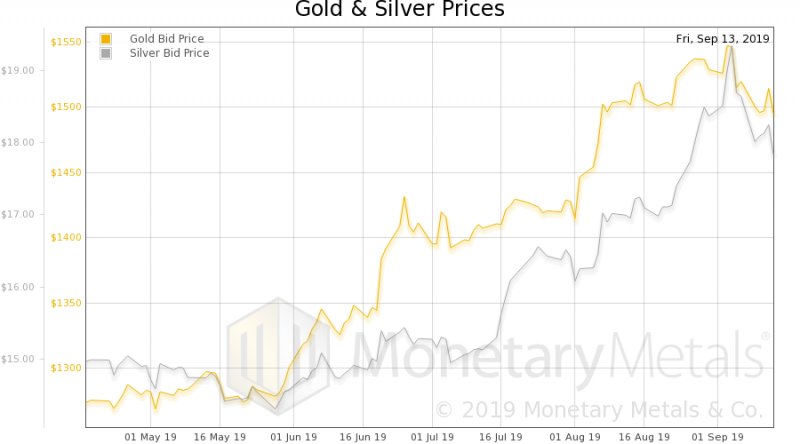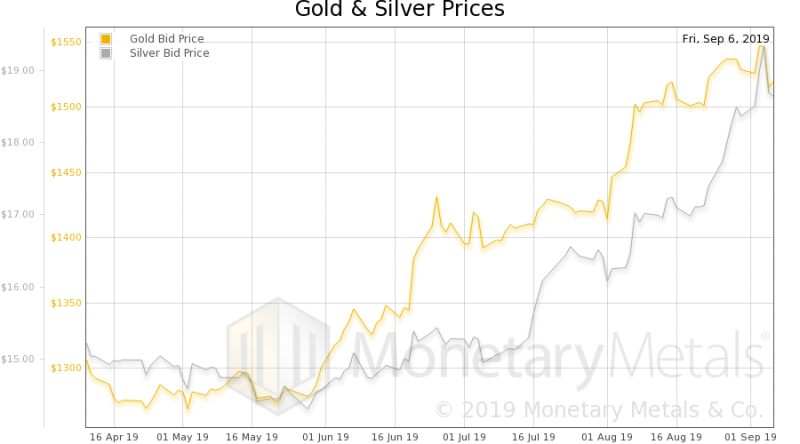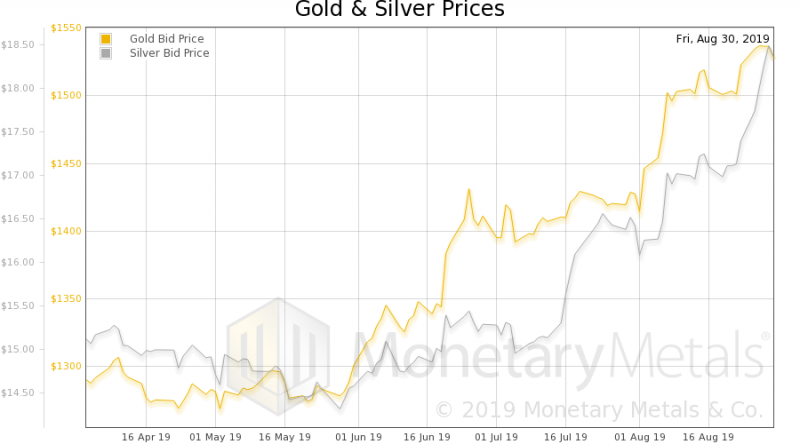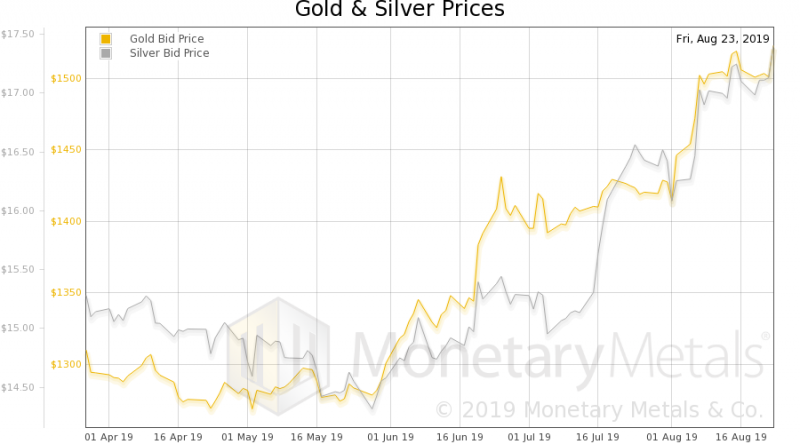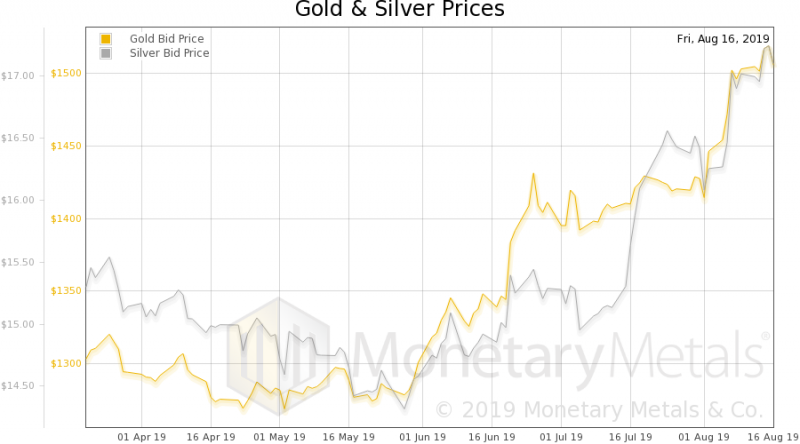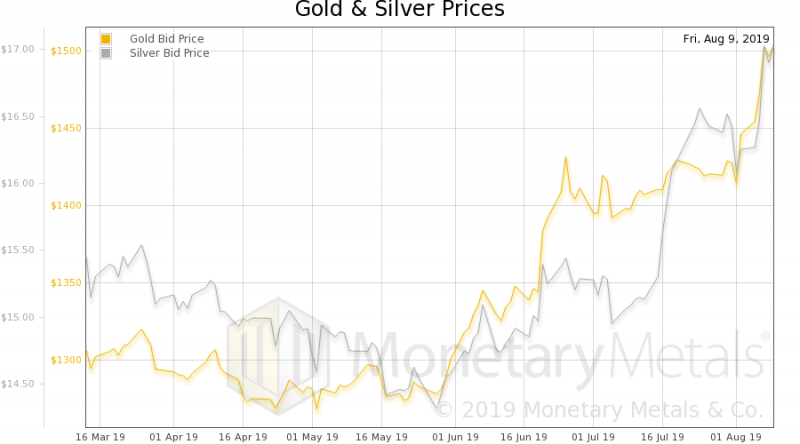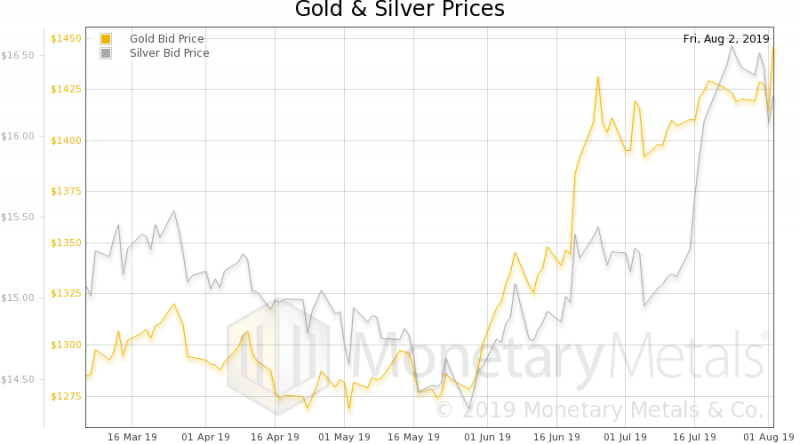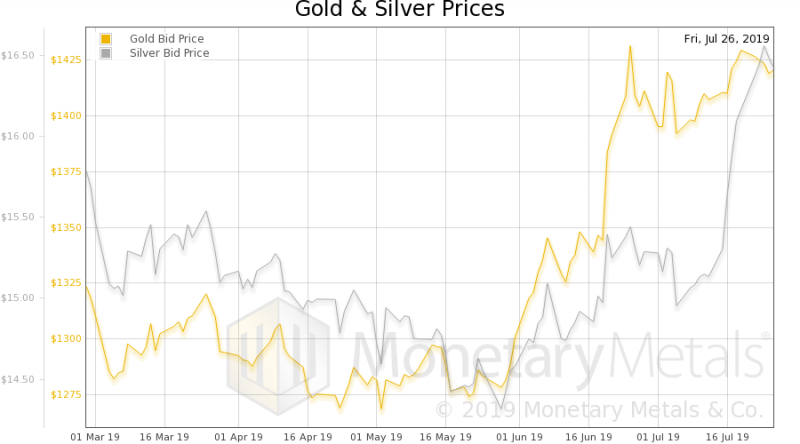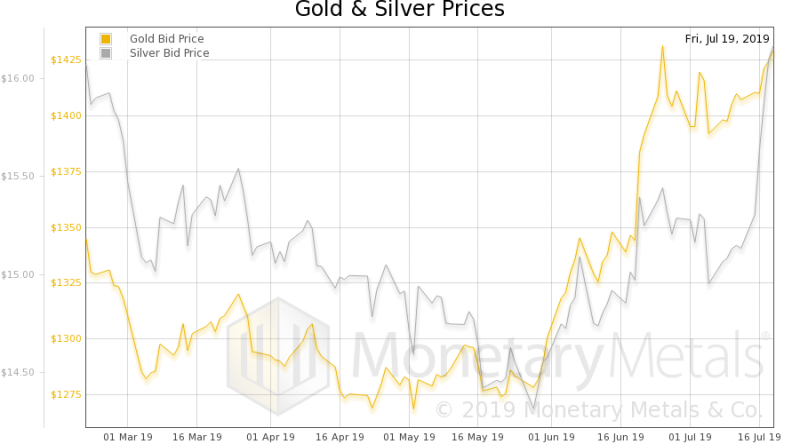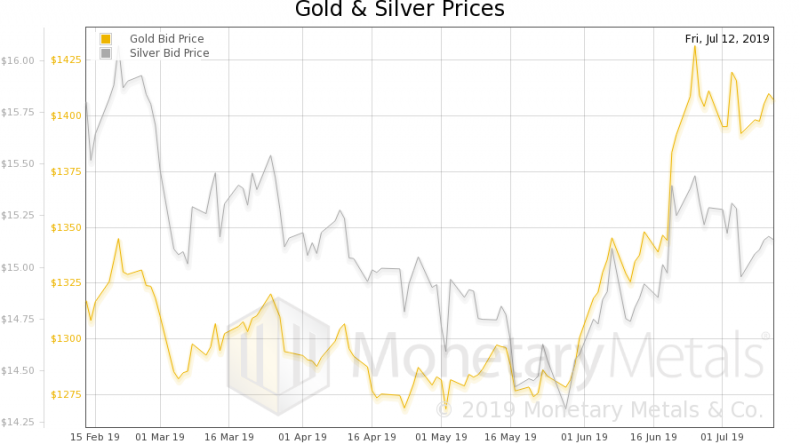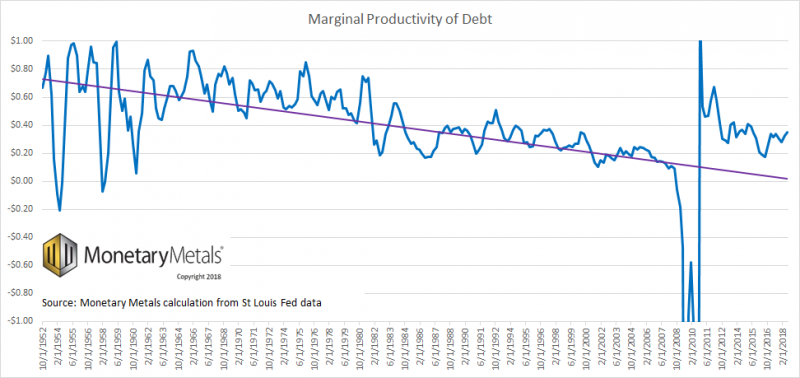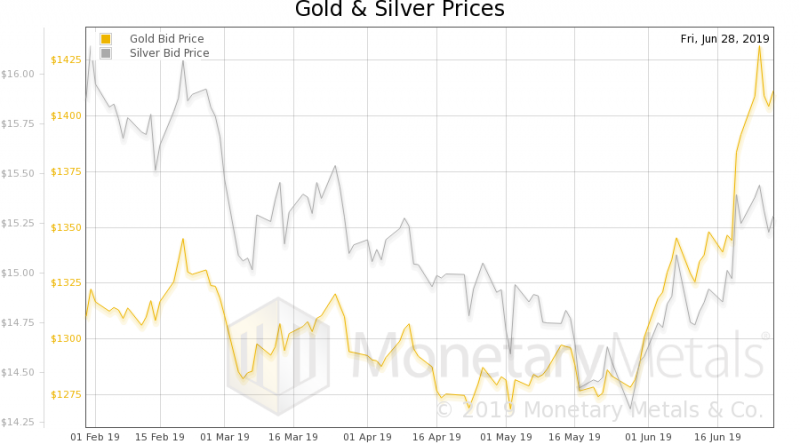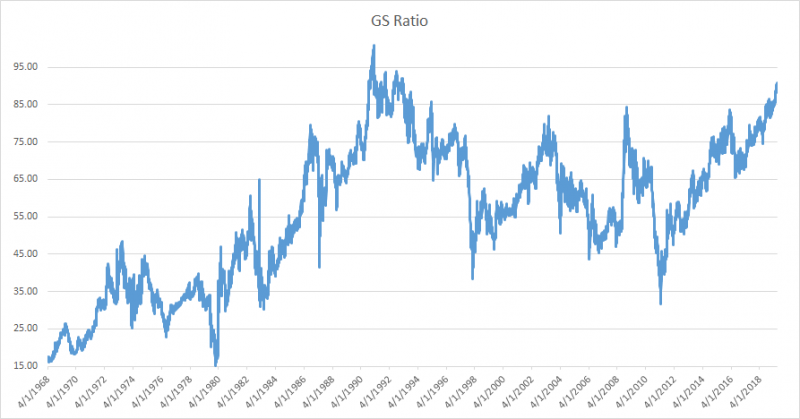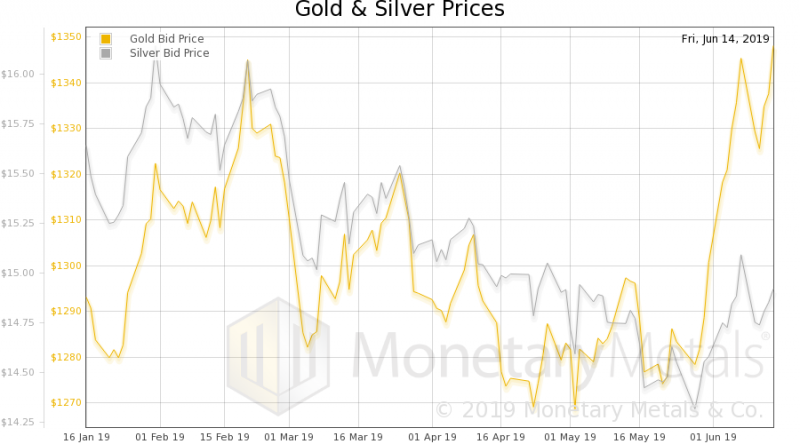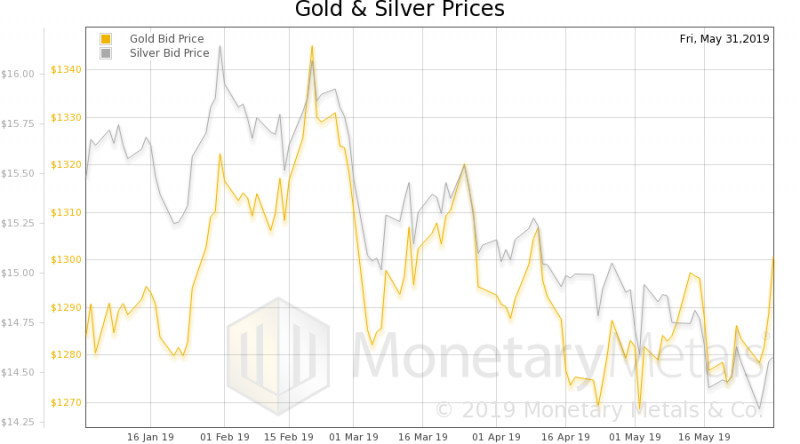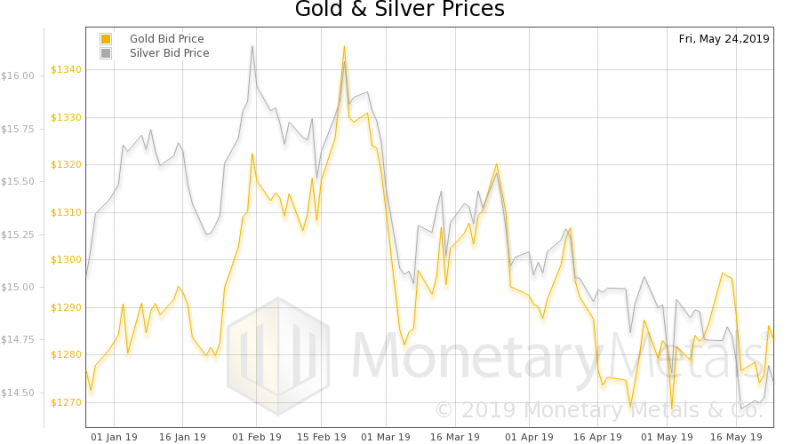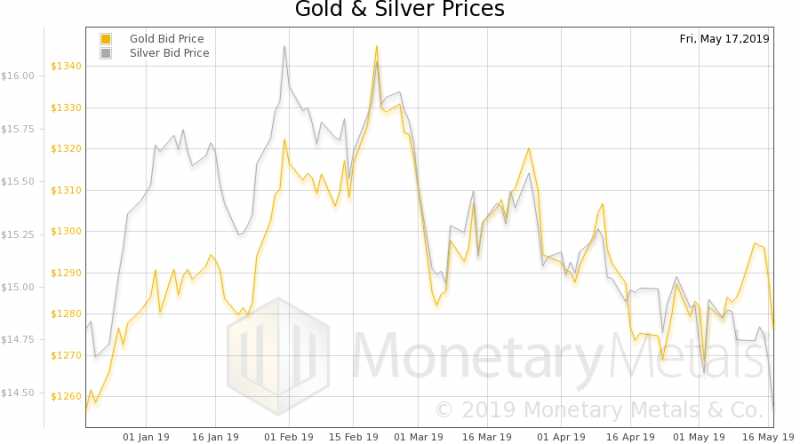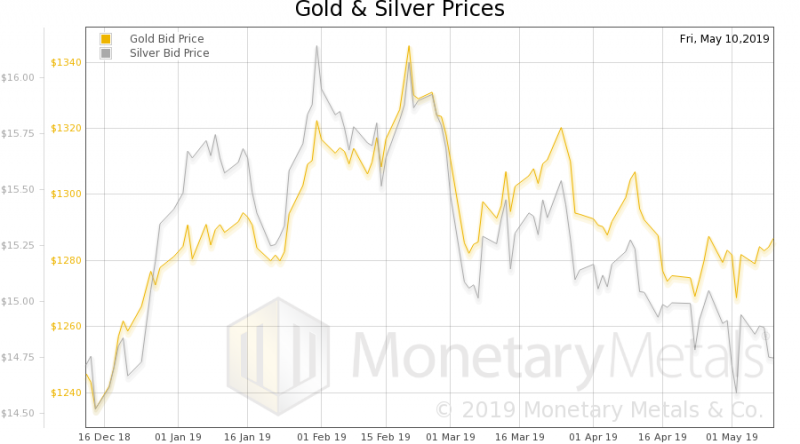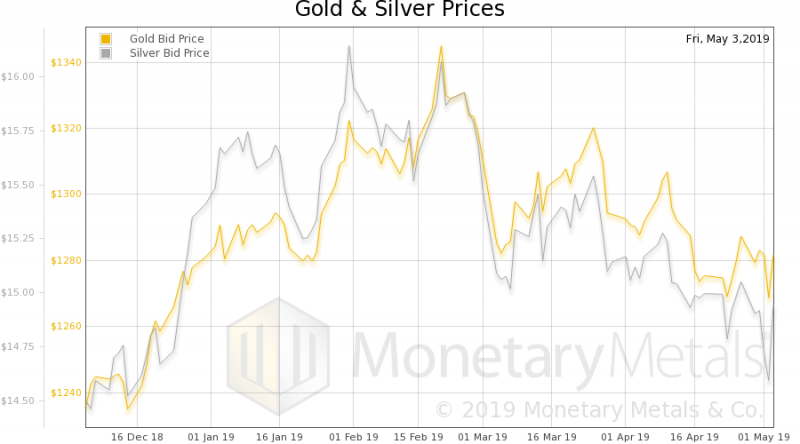Tag Archive: Gold co-basis
Why Are People Now Selling Their Silver? Report 15 Sep
This week, the prices of the metals fell further, with gold -$18 and silver -$0.73. On May 28, the price of silver hit its nadir, of $14.30. From the last three days of May through Sep 4, the price rose to $19.65. This was a gain of $5.35, or +37%. Congratulations to everyone who bought silver on May 28 and who sold it on Sep 4.
Read More »
Read More »
How Is Negative Interest Possible? Report 8 Sep
Germany has recently joined Switzerland in the dubious All Negative Club. The interest rate on every government bond, from short to 30 years, is now negative. Many would say “congratulations”, in the belief that this proves their credit risk is … well … umm … negative(?) And anyways, it will let them borrow more to spend on consumption which will stimulate … umm… well… all of the wasteful consumption for which governments are rightly...
Read More »
Read More »
Asset Inflation vs. Consumer Goods Inflation, Report 1 Sep
A paradigm is a mental framework. It has a both a positive pressure and a negative filter. It structures one’s thoughts, orients them in a certain direction, and rules out certain ideas. Paradigms can be very useful, for example the scientific method directs one to begin with facts, explain them in a consistent way, and to ignore peyote dreams from the smoke lodge and claims of mental spoon-bending.
Read More »
Read More »
Directive 10-289, Report 25 Aug
Everyone must ask himself the question. Do you want the world to move to an honest money system, or do you just want gold to go up (we italicize discussion of apparent moves in gold, because it’s the dollar that’s moving down—not gold going up—but we sometimes frame it in mainstream terms).
Read More »
Read More »
Deflation Is Everywhere—If You Know Where to Look, Report 18 Aug
At a shopping mall recently, we observed an interesting deal at Sketchers. If you buy two pairs of shoes, the second is 30% off. Sketchers has long offered deals like this (sometimes 50% off). This is a sign of deflation. Regular readers know to wait for the punchline. Manufacturer Gives Away Its Margins
Read More »
Read More »
The Economic Singularity, Report 11 Aug
We have recently written several essays about the fallacious concept of Gross Domestic Product. Among GDP’s several fatal flaws, it goes up when capital is converted to consumer goods, when seed corn is served at the feast. So we proposed—and originally dismissed—the idea of a national balance sheet.
Read More »
Read More »
I Know Usury When I See It, Report 4 Aug
“I know it, when I see it.” This phrase was first used by U.S. Supreme Court Justice Potter Stewart, in a case of obscenity. Instead of defining it—we would think that this would be a requirement for a law, which is of course backed by threat of imprisonment—he resorted to what might be called Begging Common Sense. It’s just common sense, it’s easy-peasy, there’s no need to define the term…
Read More »
Read More »
Obvious Capital Consumption, Report 28 Jul
We have spilled many electrons on the topic of capital consumption. Still, this is a very abstract topic and we think many people still struggle to picture what it means. Thus, the inspiration for this week’s essay. Suppose a young man, Early Enterprise, inherits a car from his grandfather. Early decides to drive for Uber to earn a living. Being enterprising, he is up at dawn and drives all day.
Read More »
Read More »
The Fake Economy, Report 21 Jul
Folks in the liberty movement often say that the economy is fake. But this does not persuade anyone. It’s just preaching to the choir! We hope that this series on GDP provides more effective ammunition to argue with the Left-Right-Wall-Street-Main-Street-Capitalists-Socialists.
Read More »
Read More »
How to Fix GDP, Report 14 Jul
Last week, we looked at the idea of a national balance sheet, as a better way to measure the economy than GDP (which is production + destruction). The national balance sheet would take into account both assets and liabilities. If we take on another $1,000,000 debt to buy a $1,000,000 asset, then we have not added any equity.
Read More »
Read More »
More Squeeze, Less Juice, Report 7 Jul
We have been writing on the flaws in GDP: that it is no measure of the economy, because it looks only at cash and not the balance sheet, and that there are positive feedback loops.
“OK, Mr. Smarty Pants,” you’re thinking (yes, we know you’re thinking this), “if GDP is not a good measure of the economy, then what is?!”
Read More »
Read More »
GDP Begets More GDP (Positive Feedback), Report 30 June
Last week, we discussed the fundamental flaw in GDP. GDP is a perfect tool for central planning tools. But for measuring the economy, not so much. This is because it looks only at cash revenues. It does not look at the balance sheet. It does not take into account capital consumption or debt accumulation. Any Keynesian fool can add to GDP by borrowing to spend. But that is not economic growth.
Read More »
Read More »
What Gets Measures Gets Improved, Report 23 June
Let’s start with Frederic Bastiat’s 170-year old parable of the broken window. A shopkeeper has a broken window. The shopkeeper is, of course, upset at the loss of six francs (0.06oz gold, or about $75). Bastiat discusses a then-popular facile argument: the glass guy is making money (to which all we can say is, “plus ça change, plus c’est la même chose”).
Read More »
Read More »
The Elephant in the Gold Room, Report 16 June
We will start this off with a pet peeve. Too often, one is reading something about gold. It starts off well enough, discussing problems with the dollar or the bond market or a real estate bubble… and them bam! Buy gold because the dollar is gonna be worthless! That number again is 1-800-BUY-GOLD or we have another 1-800-GOT-GOLD in case the lines on the first number are busy!
Read More »
Read More »
Irredeemable Currency Is a Roach Motel, Report 9 June
In what has become a four-part series, we are looking at the monetary science of China’s potential strategy to nuke the Treasury bond market. In Part I, we gave a list of reasons why selling dollars would hurt China. In Part II we showed that interest rates, being that the dollar is irredeemable, are not subject to bond vigilantes.
Read More »
Read More »
Dollar Supply Creates Dollar Demand, Report 2 June
We have been discussing the impossibility of China nuking the Treasury bond market. We covered a list of challenges China would face. Then last week we showed that there cannot be such a thing as a bond vigilante in an irredeemable currency. Now we want to explore a different path to the same conclusion that China cannot nuke the Treasury bond market.
Read More »
Read More »
The Crime of ‘33, Report 27 May
Last week, we wrote about the impossibility of China nuking the Treasury bond market. Really, this is not about China but mostly about the nature of the dollar and the structure of the monetary system. We showed that there are a whole host of problems with the idea of selling a trillion dollars of Treasurys: Yuan holders are selling yuan to buy dollars, PBOC can’t squander its dollar reserves If it doesn’t buy another currency, it merely tightens...
Read More »
Read More »
China’s Nuclear Option to Sell US Treasurys, Report 19 May
There is a drumbeat pounding on a monetary issue, which is now rising into a crescendo. The issue is: China might sell its holdings of Treasury bonds—well over $1 trillion—and crash the Treasury bond market. Since the interest rate is inverse to the bond price, a crash of the price would be a skyrocket of the rate. The US government would face spiraling costs of servicing its debt, and quickly collapse into bankruptcy.
Read More »
Read More »
The Monetary Cause of Lower Prices, Report 12 May
We have deviated, these past several weeks, from matters monetary. We have written a lot about a nonmonetary driver of higher prices—mandatory useless ingredients. The government forces businesses to put ingredients into their products that consumers don’t know about, and don’t want. These useless ingredients, such as ADA-compliant bathrooms and supply chain tracking, add a lot to the price of every good.
Read More »
Read More »
Nonmonetary Cause of Lower Prices, Report 5 May
Over the past several weeks, we have debunked the idea that purchasing power—i.e. what a dollar can buy—is intrinsic to the currency itself. We have discussed a large non-monetary force that drives up prices. Governments at every level force producers to add useless ingredients, via regulation, taxation, labor law, environmentalism, etc.
Read More »
Read More »
Donate to SNBCHF.com
Donate to SNBCHF.com Via Paypal or Bitcoin To Help Keep the Site Running
Please consider making a small donation to Snbchf.com. Thanks
Bitcoin wallet: bc1qa2h6hgd0xkuh7xh02jm5x25k6x8g7548ffaj3j
Receive a Daily Mail from this Blog
Live Currency Cross Rates
 On Swiss National Bank
On Swiss National Bank
-
USD/CHF gains ground near 0.8850, potential upside seems limited
9 days ago -
USD/CHF holds below 0.8950 amid Middle East geopolitical risks
2024-06-25 -
SNB Sight Deposits: increased by 2.4 billion francs compared to the previous week
5 days ago -
SNB Surprises the Market (Again)
2024-06-20 -
USD/CHF appreciates to near 0.8950 due to hawkish Fed, SNB Financial Stability Report eyed
2024-06-13
 Main SNB Background Info
Main SNB Background Info
-
SNB Sight Deposits: increased by 2.4 billion francs compared to the previous week
5 days ago -
The Secret History Of The Banking Crisis
2017-08-14 -
SNB Balance Sheet Now Over 100 percent GDP
2016-08-29 -
The relationship between CHF and gold
2016-07-23 -
CHF Price Movements: Correlations between CHF and the German Economy
2016-07-22
Featured and recent
-
 Canada’s “Worst Decline in 40 Years”
Canada’s “Worst Decline in 40 Years” -
No exceptions, please!
-
 #517 Wie viel ist dein Immobilienfonds noch wert? #fonds
#517 Wie viel ist dein Immobilienfonds noch wert? #fonds -
 Roboter – KI und Verdrängung des Menschen
Roboter – KI und Verdrängung des Menschen -
 El Legado de Biden es PEOR de lo que Parece…
El Legado de Biden es PEOR de lo que Parece… -
Kamala’s Palace Coup
-
 How to Invest in High Safety Corporate Bonds
How to Invest in High Safety Corporate Bonds -
 7-26-24 Should You Tap Your Home Equity for Retirement Income?
7-26-24 Should You Tap Your Home Equity for Retirement Income? -
 UBS questioned by US Senator over $350 million tax evasion case
UBS questioned by US Senator over $350 million tax evasion case -
 Lanz: Das Allein “beseitigt” keine AfD Wähler!
Lanz: Das Allein “beseitigt” keine AfD Wähler!
More from this category
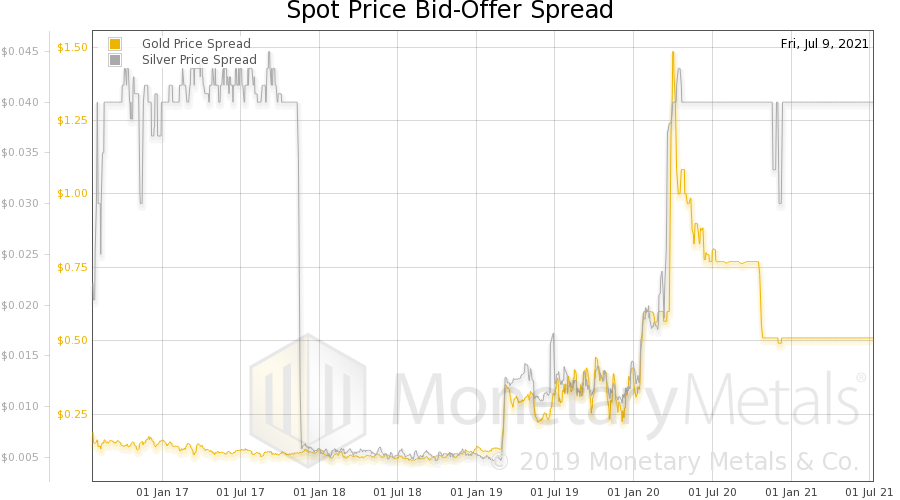 Basel III’s Effect on Gold and Silver
Basel III’s Effect on Gold and Silver13 Jul 2021
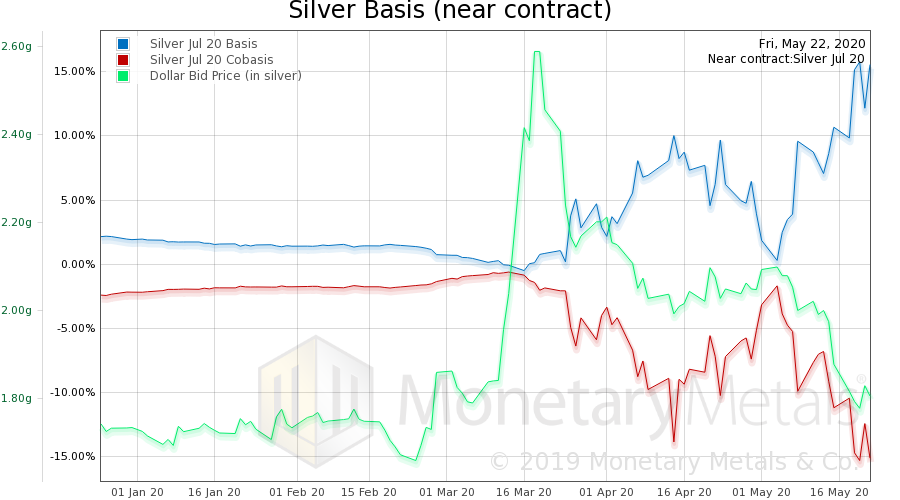 When Is a Capital Gain Capital Consumption? Market Report, 25 May
When Is a Capital Gain Capital Consumption? Market Report, 25 May26 May 2020
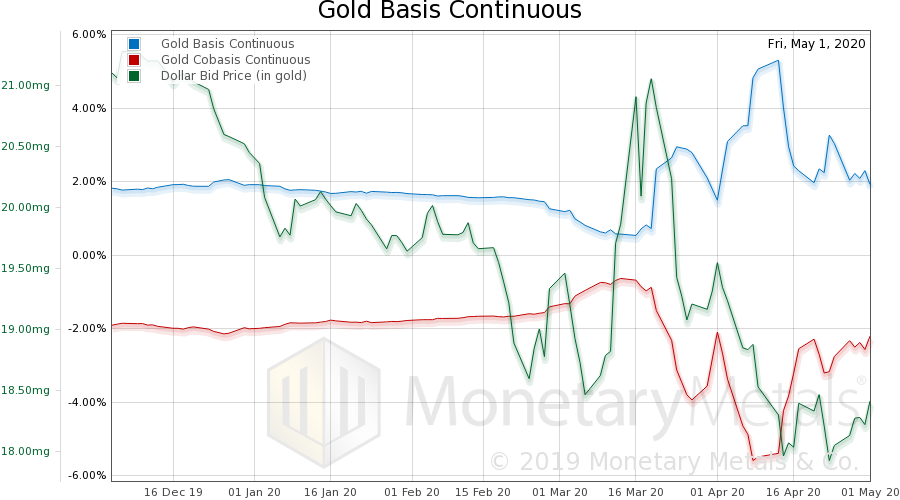 Gold and Silver Markets Start to Normalize, Report 4 May
Gold and Silver Markets Start to Normalize, Report 4 May5 May 2020
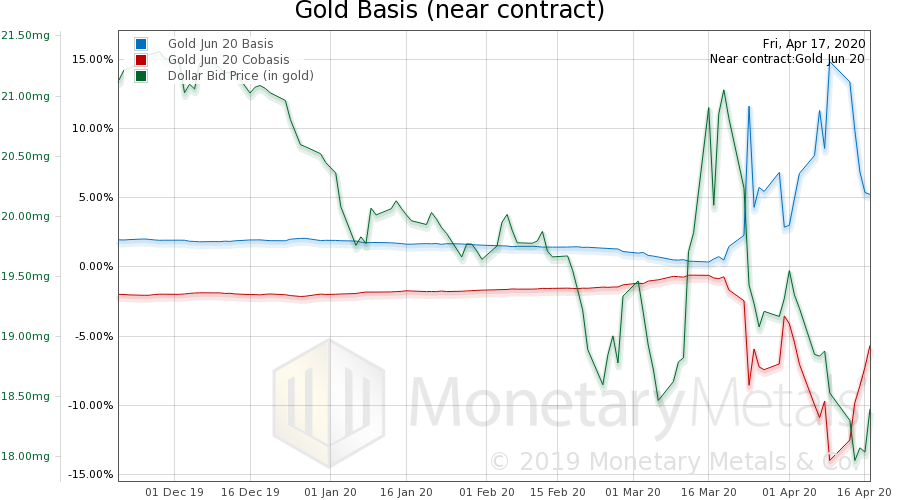 Crouching Silver, Hidden Oil Market Report 20 Apr
Crouching Silver, Hidden Oil Market Report 20 Apr21 Apr 2020
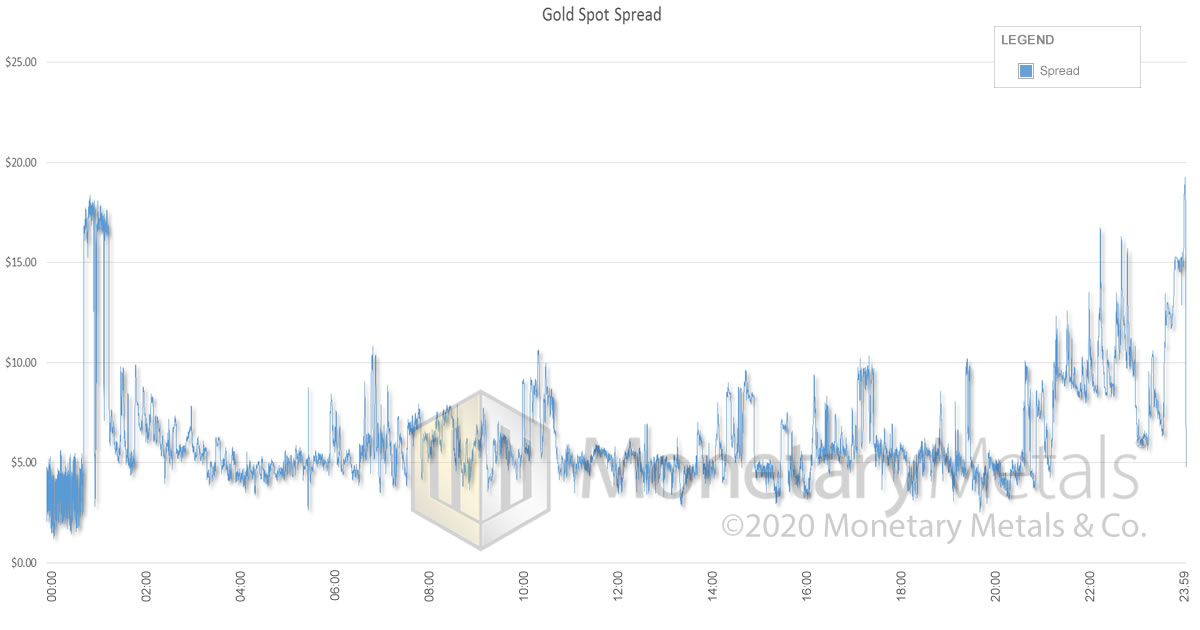 The Out Has Not Yet Begun to Fall, Market Report 31 March
The Out Has Not Yet Begun to Fall, Market Report 31 March2 Apr 2020
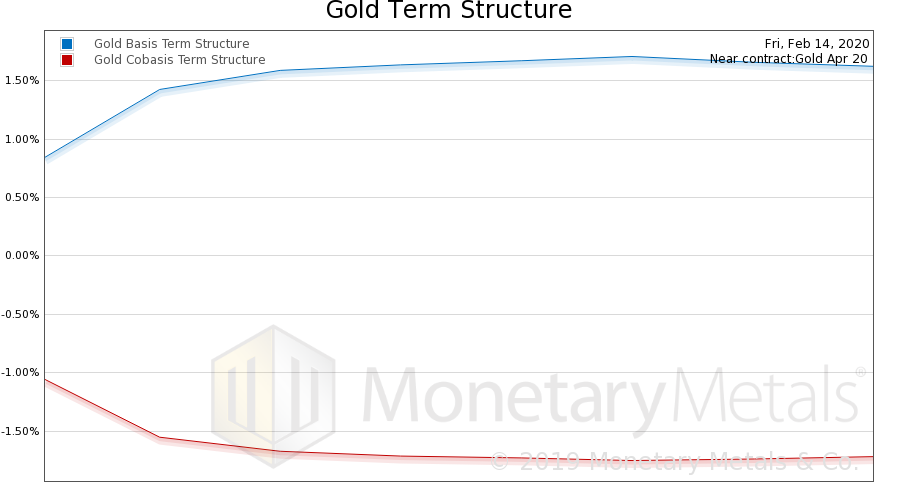 Widening Bid-Ask Spreads, Gold and Silver Market Report 17 February
Widening Bid-Ask Spreads, Gold and Silver Market Report 17 February17 Feb 2020
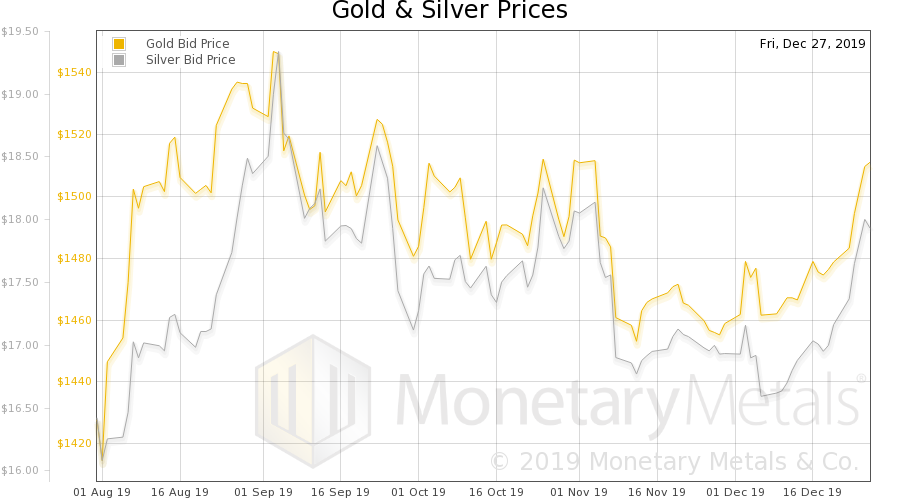 Wealth Consumption vs. Growth – Precious Metals Supply and Demand
Wealth Consumption vs. Growth – Precious Metals Supply and Demand3 Jan 2020
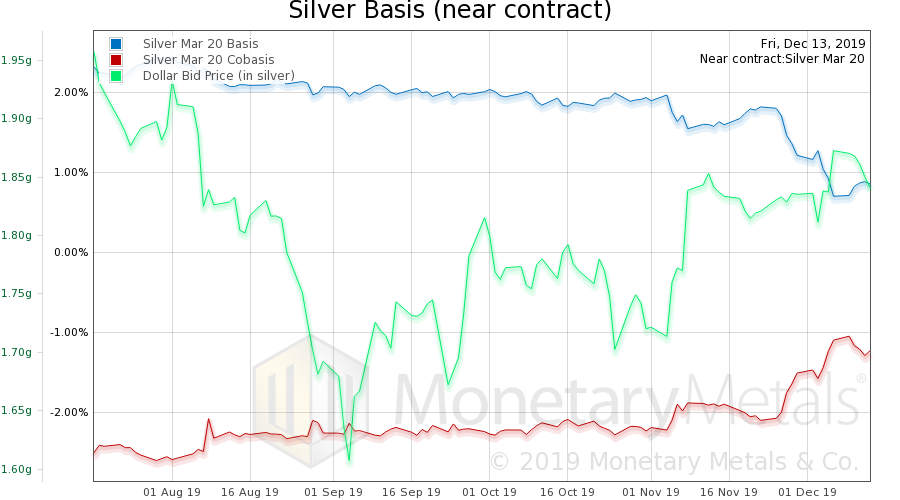 Open Letter to John Taft, Report 17 Dec
Open Letter to John Taft, Report 17 Dec18 Dec 2019
 The End of an Epoch, Report 8 Dec
The End of an Epoch, Report 8 Dec10 Dec 2019
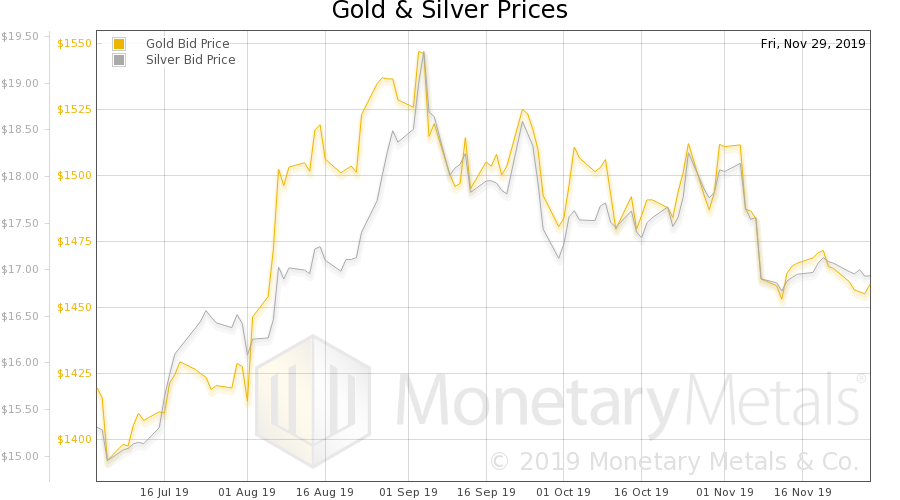 Money and Prices Are a Dynamic System, Report 1 Dec
Money and Prices Are a Dynamic System, Report 1 Dec3 Dec 2019
 Raising Rates to Fight Inflation, Report 24 Nov
Raising Rates to Fight Inflation, Report 24 Nov26 Nov 2019
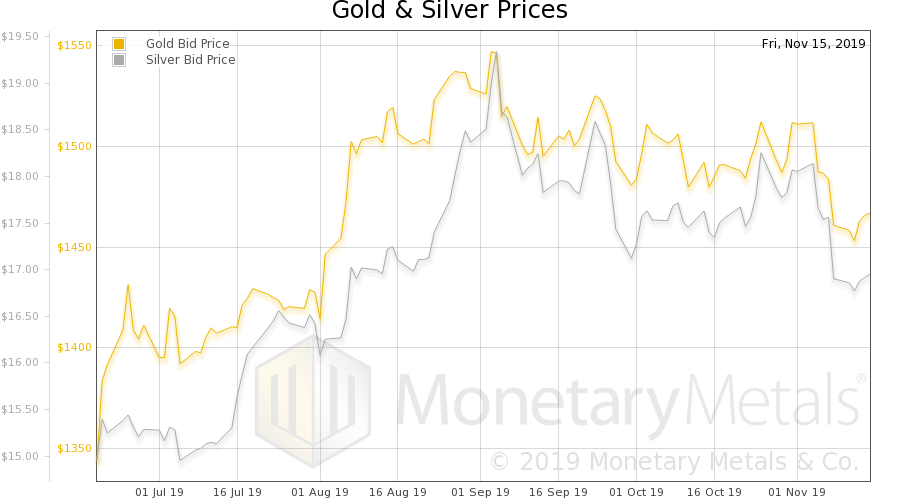 The Perversity of Negative Interest, Report 17 Nov
The Perversity of Negative Interest, Report 17 Nov18 Nov 2019
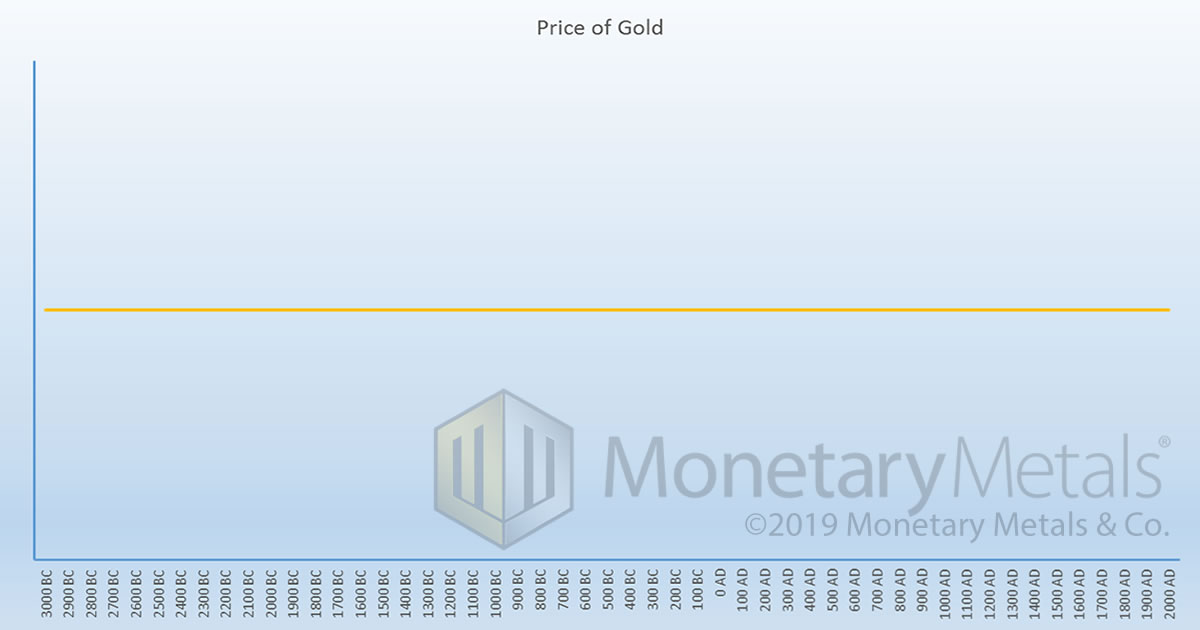 What’s the Price of Gold in the Gold Standard, Report 10 Nov
What’s the Price of Gold in the Gold Standard, Report 10 Nov12 Nov 2019
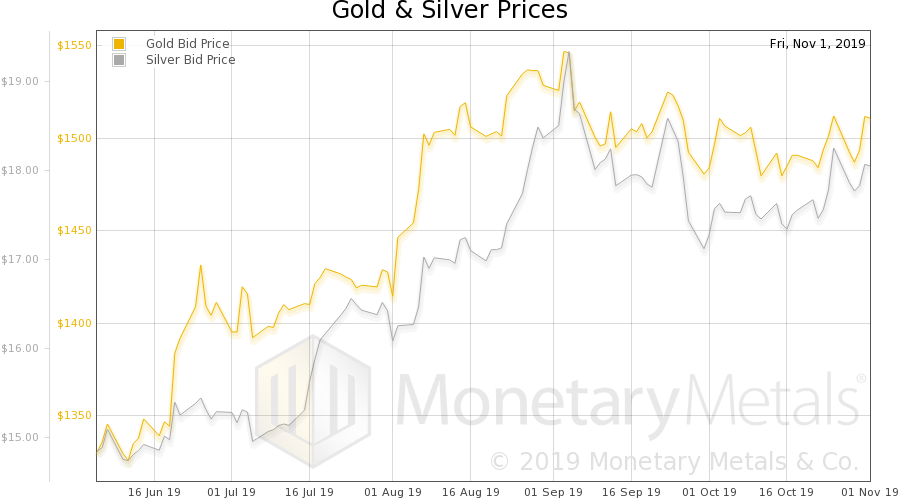 Targeting nGDP Targeting, Report 3 Nov
Targeting nGDP Targeting, Report 3 Nov5 Nov 2019
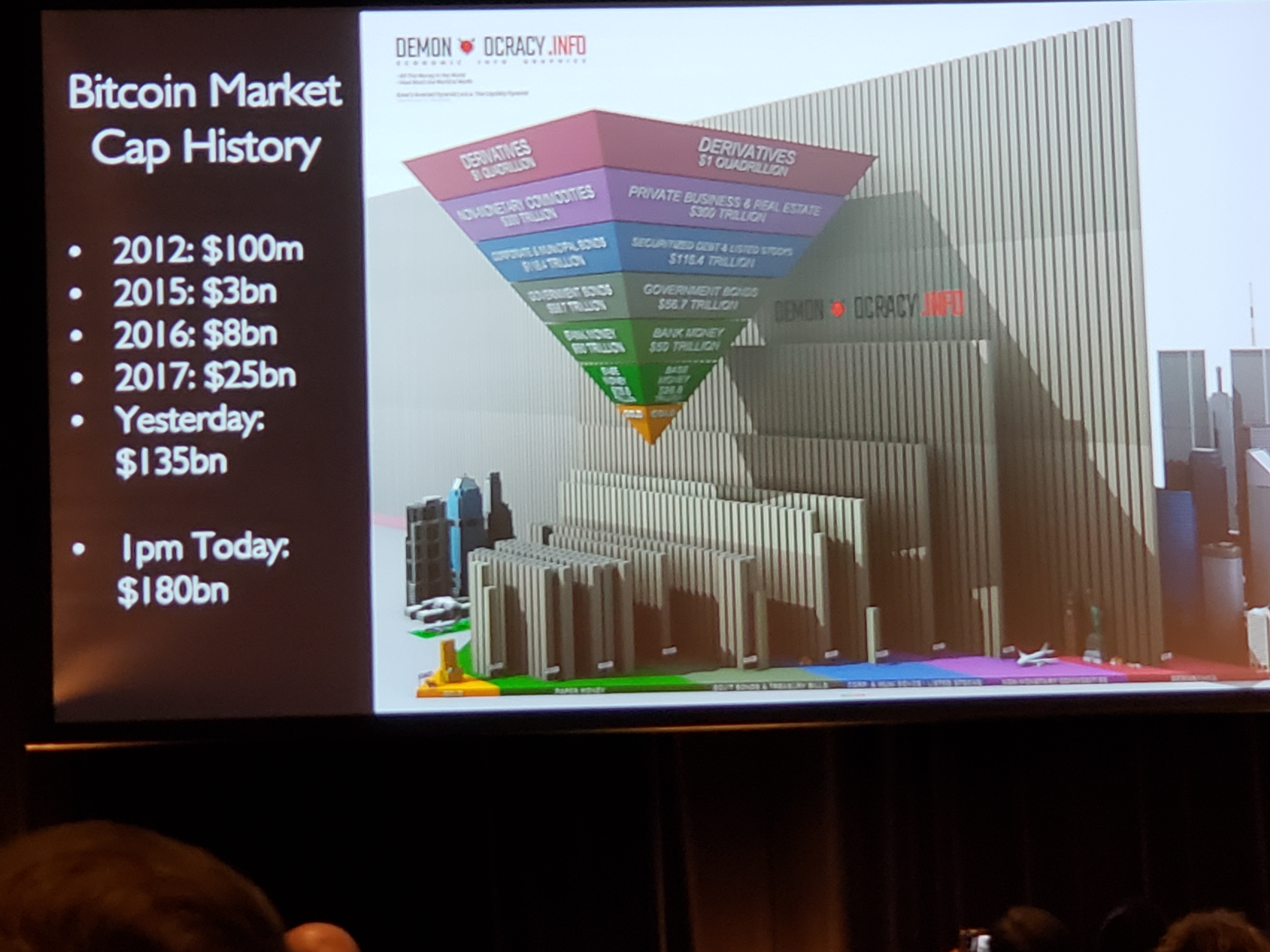 Bitcoin Myths, Report 27 Oct
Bitcoin Myths, Report 27 Oct28 Oct 2019
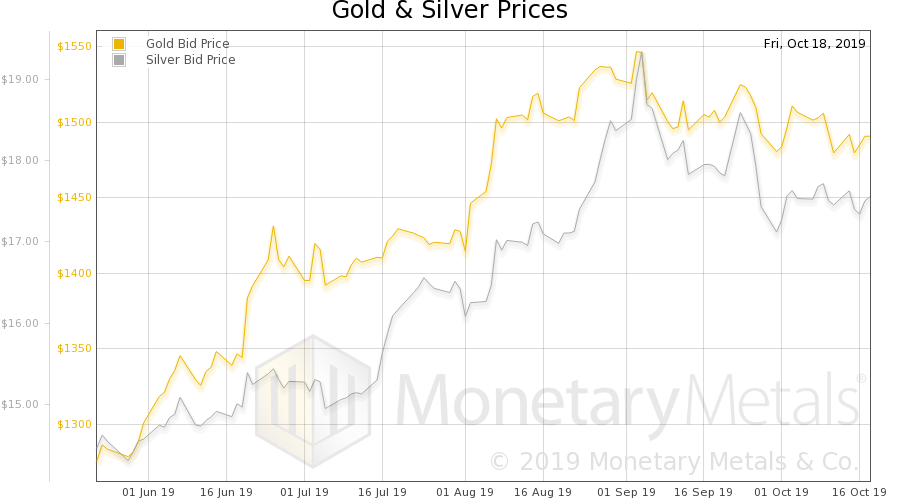 Wealth Accumulation Is Becoming Impossible, Report 20 Oct
Wealth Accumulation Is Becoming Impossible, Report 20 Oct22 Oct 2019
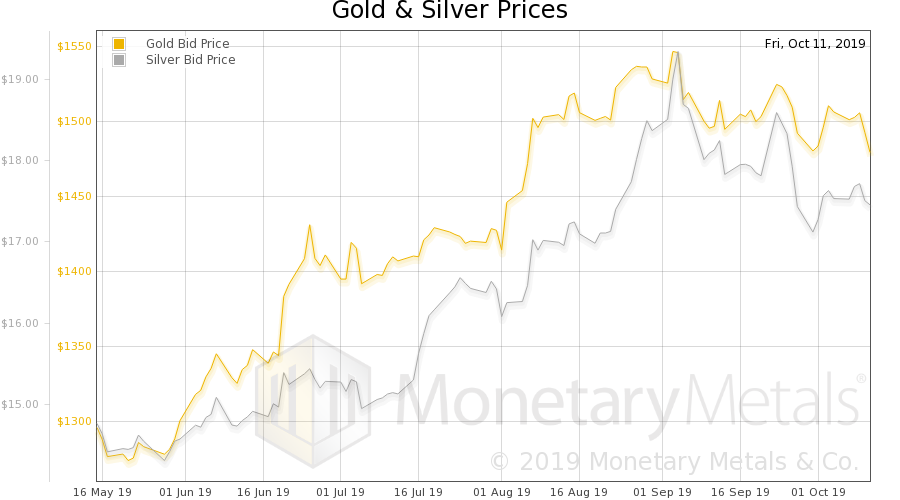 Motte and Bailey Fallacy, Report 13 Oct
Motte and Bailey Fallacy, Report 13 Oct15 Oct 2019
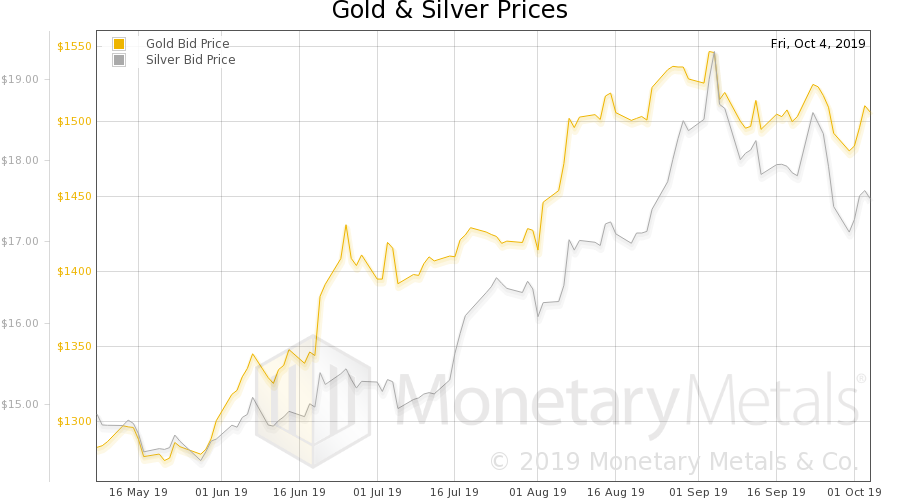 A Wealth Tax Consumes Capital, Report 6 Oct
A Wealth Tax Consumes Capital, Report 6 Oct7 Oct 2019
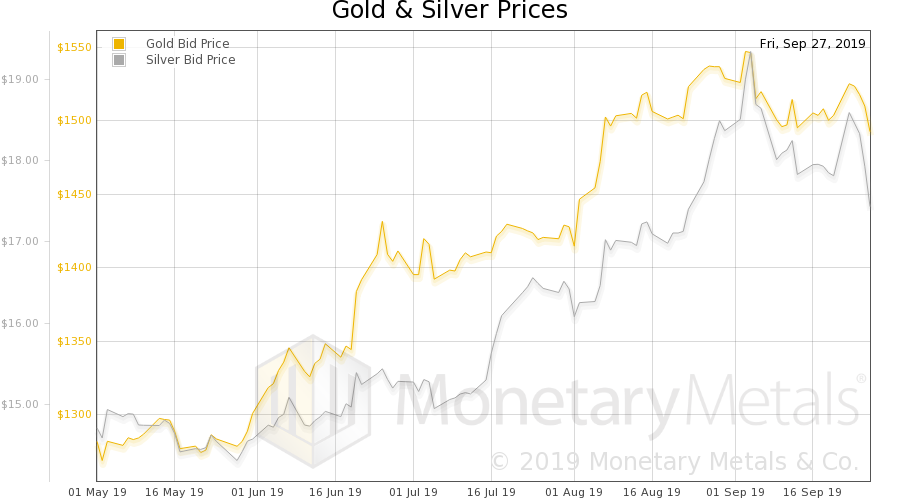 The Purchasing Power of Capital, Report 29 Sep
The Purchasing Power of Capital, Report 29 Sep1 Oct 2019
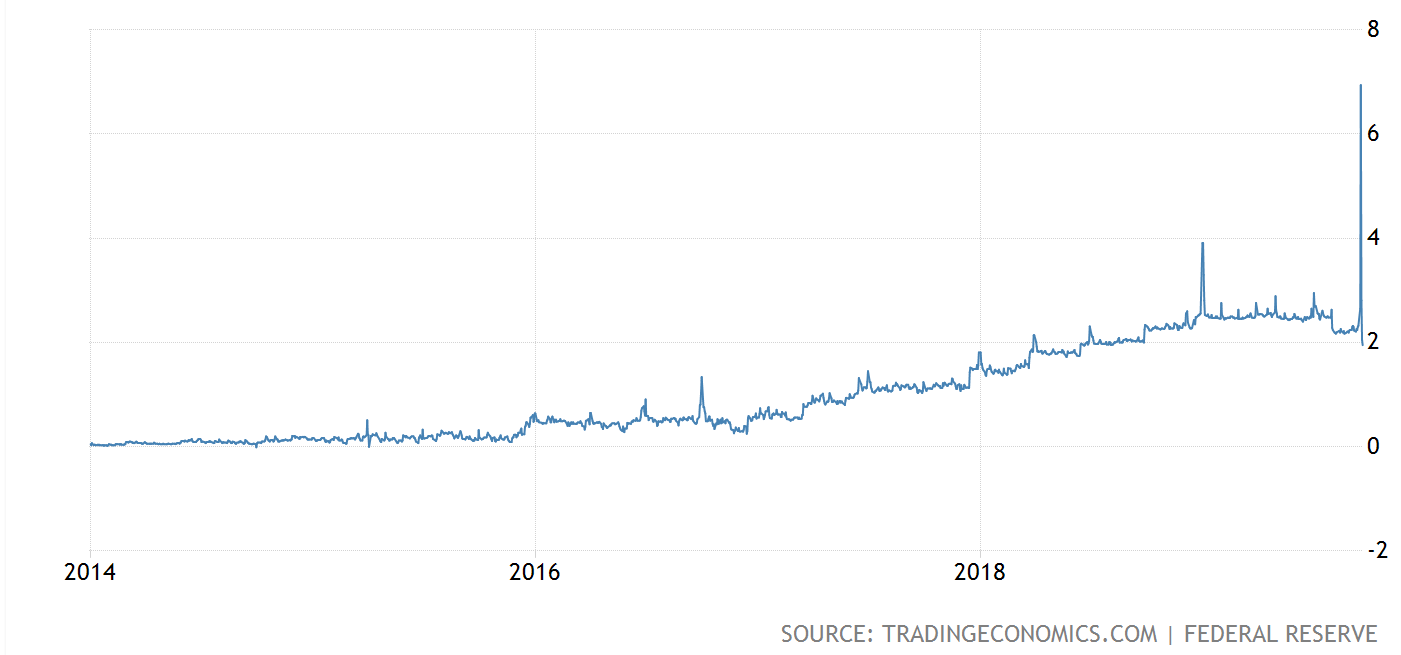 Treasury Bond Backwardation, Report 22 Sep
Treasury Bond Backwardation, Report 22 Sep24 Sep 2019









